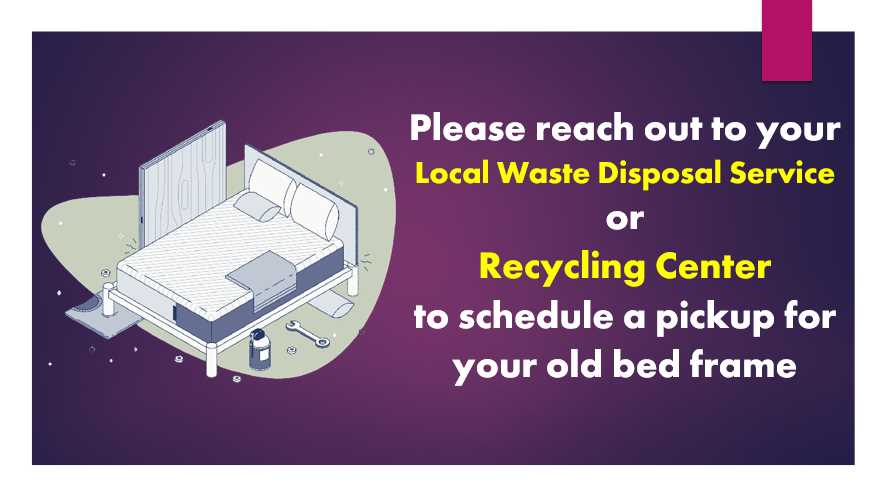To store a mattress and box spring, clean them thoroughly and wrap them in plastic or cover them with a mattress storage bag.
Please place them in a dry and well-ventilated area, preferably on a flat surface, away from sunlight and pests.
Clean the Mattress and Box Spring: Ensure the mattress and box spring are clean and dry before storing. Clean any stains and allow them to air-dry completely.
Use Protective Covers: Invest in mattress bags and box spring covers. These provide a barrier against dust, dirt, moisture, and pests, preserving the integrity of the mattress and box spring.
Choose a Suitable Storage Location: Find a cool, dry place for storage. Elevate them off the ground to prevent potential moisture damage. Avoid basements or areas prone to dampness.
Avoid Damp or Humid Conditions: Moisture can lead to mold and mildew growth. Store the mattress and box spring in a location with good ventilation and low humidity.
Avoid Placing Heavy Items: Refrain from placing heavy items on top of the mattress and box spring during storage. This prevents distortion or damage to their structure.
| Storage Condition | Impact on Longevity | Risk of Mold/Mildew |
|---|---|---|
| Flat | Optimal | Low |
| Vertical | Increased sagging | Moderate |
| Humid Environment | Decreased lifespan | High |
| Cool Environment | Prolonged lifespan | Low |
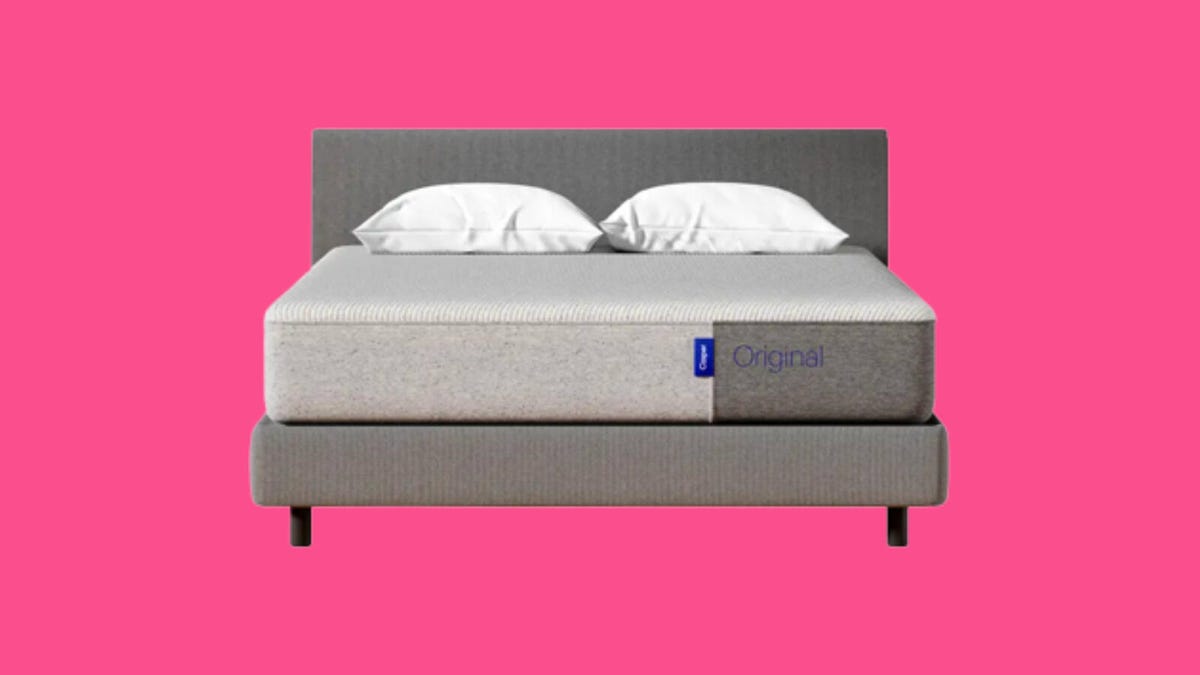
Credit: www.cnet.com
Preparing For Storage
Before storing your mattress and box springs, it’s important to clean them to prevent any damage or odors properly. Start by vacuuming the surface of the mattress and box spring to remove any dust or dirt. If you notice any stains, treat them with an appropriate cleaner and gently blot the area.
If you’re concerned about bed bugs or allergens, consider using a mattress and box spring encasement. These protective covers can help prevent infestations and minimize allergens, keeping your mattress and box spring clean and safe during storage.
When disassembling your bed, carefully remove the mattress and box spring from the bed frame. If possible, consult the manufacturer’s instructions for guidance. Use caution to avoid any damage to the mattress or box spring during disassembly.
Once your mattress and box spring are clean and disassembled, you’re ready to store them. Make sure to choose a dry and clean storage space to prevent moisture or pests from damaging your bedding. Properly covering and protecting your mattress and box spring with a breathable material will help maintain their condition during storage.
Choosing The Right Storage Location
Choosing the Right Storage Location:
When storing your mattress and box spring, it is essential to consider the climate control and temperature of the storage location. A stable temperature is crucial to prevent damage to the materials and structure of your mattress. Fluctuating temperatures can cause the mattress to expand and contract, leading to wear and tear. Avoid extreme heat or cold as it can affect the integrity of the mattress.
Avoiding humidity and moisture is another important aspect to keep in mind. High humidity levels can lead to mold and mildew growth, which can be harmful to your health and damage your mattress. Ensure proper ventilation in the storage area to prevent the buildup of moisture. Consider using a dehumidifier or moisture-absorbing products to keep the storage area dry.
Lastly, protecting your mattress and box spring from pests is crucial. Insects and rodents can wreak havoc on your mattress, causing irreversible damage. Use mattress covers that are specifically designed to keep pests out. Additionally, regularly inspect and clean the storage area to prevent any infestations.
Proper Storage Techniques
If you want to store your mattress and box spring properly, you should follow a few techniques. One of the most important steps is to use mattress and box spring covers. These protective covers will help keep your mattress and box spring clean and protected during storage.
Positioning and stacking is another key aspect of proper storage. It’s important to keep your mattress and box spring in an upright position to prevent any damage. If you need to stack them, place a flat, sturdy surface in between each item to provide support and prevent sagging.
Avoiding heavy objects is also crucial when storing your mattress and box spring. Excessive weight can cause the springs to compress or the mattress to lose its shape. Make sure to clear the area of any heavy items before placing your mattress and box spring in storage.
Disassembling and Folding
Disassembling your mattress and box spring may seem like a daunting task, but breaking it down into manageable steps ensures a smooth process. Below, I’ve outlined a simple guide, drawing from my personal experience, on disassembling and folding these key bedroom components.
5 Step-by-Step Mattress Disassembly
| Step | Task |
|---|---|
| 1 | Remove all bedding, including sheets and pillowcases. |
| 2 | Carefully take apart any additional accessories or attachments, such as mattress toppers. |
| 3 | If your bed has a frame, dismantle it according to its specific instructions. |
| 4 | Starting from one end, fold the mattress in half. Depending on the mattress type, you may need to follow specific folding guidelines. |
| 5 | Once folded, secure the mattress using packing straps or rope to maintain its folded position. |
Disassembling the mattress is a crucial step in optimizing storage space and ensuring easy transportation. Following these steps helps prevent damage and facilitates efficient packing.
Box Spring Disassembly
| Step | Task |
|---|---|
| 1 | Detach the box spring from the bed frame, if applicable. |
| 2 | Inspect for any loose or damaged parts and address them promptly. |
| 3 | Fold or disassemble the box spring according to its specific design. |
| 4 | Secure the folded box spring with packing straps to maintain its compact form. |
| 5 | If possible, store any screws or small parts in a labeled plastic bag to ease reassembly later. |
Disassembling the box spring not only ensures its compact storage but also facilitates any necessary repairs or maintenance before storage.
In my experience, taking the time to disassemble and fold your mattress and box spring properly pays off when it comes to space optimization and hassle-free storage. Simple steps like securing the folded mattress with packing straps and storing small parts in labeled bags can make the reassembly process a breeze.
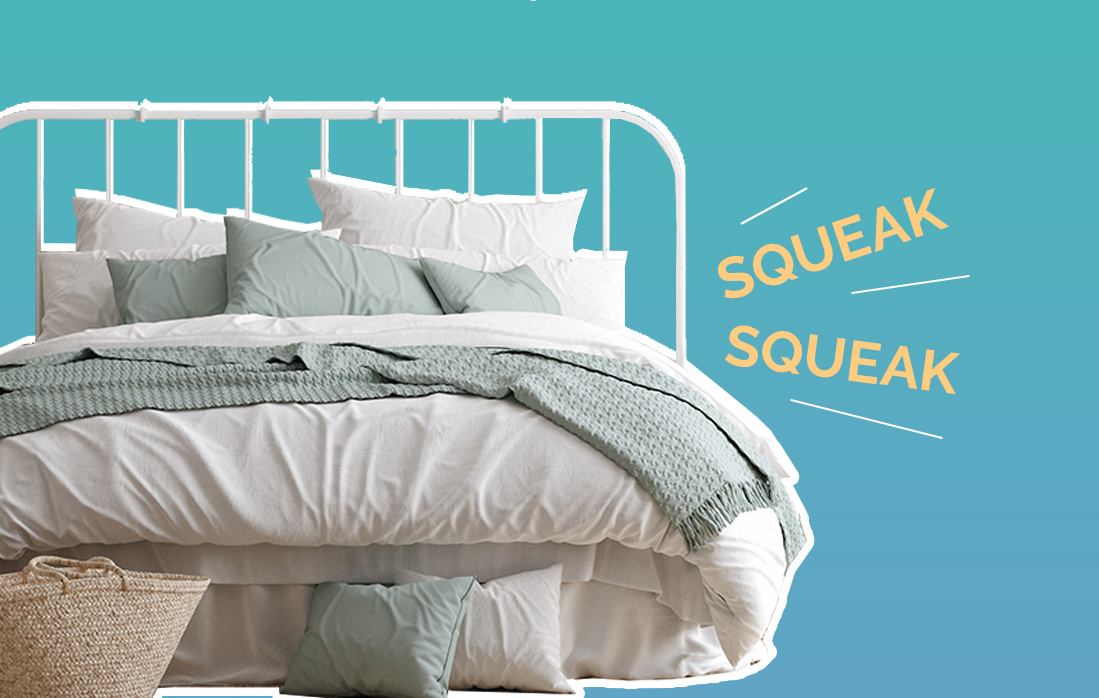
Credit: sleepopolis.com
Cleaning and Protecting
Cleaning your mattress and protecting it before storage is essential to ensure it remains in top condition. Below, I’ve outlined a straightforward guide, based on my personal experience, for cleaning and protecting the mattress and box spring.
Mattress Cleaning Strategies
| Step | Task |
|---|---|
| 1 | Vacuum the mattress thoroughly to remove dust and debris. |
| 2 | Use a fabric cleaner or mild detergent for spot cleaning. |
| 3 | Address specific stains with appropriate stain removers, following product instructions. |
| 4 | Allow the mattress to air-dry completely before proceeding to the next step. |
| 5 | Consider using a mattress protector for an additional layer of defense against stains and spills. |
Proper cleaning helps maintain the hygiene and freshness of the mattress, ensuring a comfortable sleep environment.
Box Spring Protection
| Step | Task |
|---|---|
| 1 | Wrap the box spring in plastic to shield it from dust and moisture. |
| 2 | Ensure the plastic wrap is secure but not overly tight to allow for ventilation. |
| 3 | Use a fitted box spring cover for added protection against wear and tear. |
| 4 | If storing for an extended period, periodically check for any signs of condensation and address promptly. |
| 5 | Place the protected box spring in an area with good air circulation. |
Protecting the box spring is vital to prevent damage from external elements and ensure its structural integrity.
How should I store a mattress to ensure its longevity?
Properly storing your mattress is crucial for maintaining its quality over time. Follow these guidelines for optimal mattress storage:
| Storage Tip | Details |
|---|---|
| Clean and Dry | Before storage, ensure your mattress is clean and completely dry to prevent mold and mildew growth. |
| Use a Mattress Bag | Invest in a mattress bag to shield it from dust, dirt, and potential pests during the storage period. |
| Elevate Off the Floor | Keep the mattress elevated to avoid contact with the ground, reducing the risk of moisture absorption. |
| Avoid Compression | Refrain from compressing the mattress excessively, as it may compromise its structural integrity. |
| Store in a Climate-Controlled Space | Choose a storage location with stable temperature and humidity levels to prevent damage over time. |
Is it necessary to cover the mattress and box spring before storing them?
Yes, covering your mattress and box spring is essential for protection. Use breathable, waterproof covers to safeguard against dust, moisture, and pests. This helps maintain the mattress’s integrity and hygiene.
| Cover Type | Purpose |
|---|---|
| Waterproof Cover | Shields against spills and moisture. |
| Breathable Fabric Cover | Prevents dust and allows air circulation. |
| Pest-Proof Cover | Protects against insects and pests. |
Investing in quality covers is a smart step in ensuring your mattress and box spring stay in optimal condition during storage.
Can a mattress and box spring be stored vertically?
Storing a mattress and box spring vertically is not recommended for extended periods. However, if space constraints require vertical storage temporarily, follow these guidelines:
| Tip | Description |
|---|---|
| Use Proper Support | Ensure the mattress and box spring have adequate support to prevent warping. |
| Secure in an Enclosed Space | Please place them in a protected area to avoid dust and potential damage. |
| Rotate Periodically | Rotate the items regularly to prevent uneven compression. |
Vertical storage should be a short-term solution, as prolonged vertical positioning may lead to structural issues.
What precautions should be taken when storing a mattress and box spring in a garage or basement?
Storing a mattress and box spring in a garage or basement requires extra precautions due to potential moisture and temperature variations:
| Precaution | Description |
|---|---|
| Elevate from the Floor | Place items on pallets or platforms to avoid ground-level moisture. |
| Dehumidify the Space | Use dehumidifiers to control moisture levels in basements and garages. |
| Climate-Controlled Storage | Consider professional storage units with climate control for optimal conditions. |
These precautions prevent mold, mildew, and damage caused by environmental factors.
How often should I check on my stored mattress and box spring?
Regular checks are vital to ensure your mattress and box spring remain in good condition during storage:
| Frequency | Action |
|---|---|
| Monthly Check | Inspect for signs of pests, moisture, or damage. |
| Rotate if Possible | Rotate the mattress to prevent uneven compression. |
| Reapply Covers | Ensure covers are secure and in good condition. |
These routine checks help identify issues early, allowing for timely interventions and preserving the quality of your bedding.
Final Words
Proper mattress and box spring storage is essential to maintain their longevity and ensure a comfortable sleep. By following the steps outlined in this blog post, you can easily store your mattress and box spring safely and spacelessly.
Remember to clean and protect them before storage, choose an appropriate location, and use protective covers. These simple steps allow you to keep your mattress and box spring in great condition until you need them again. Sleep tight!
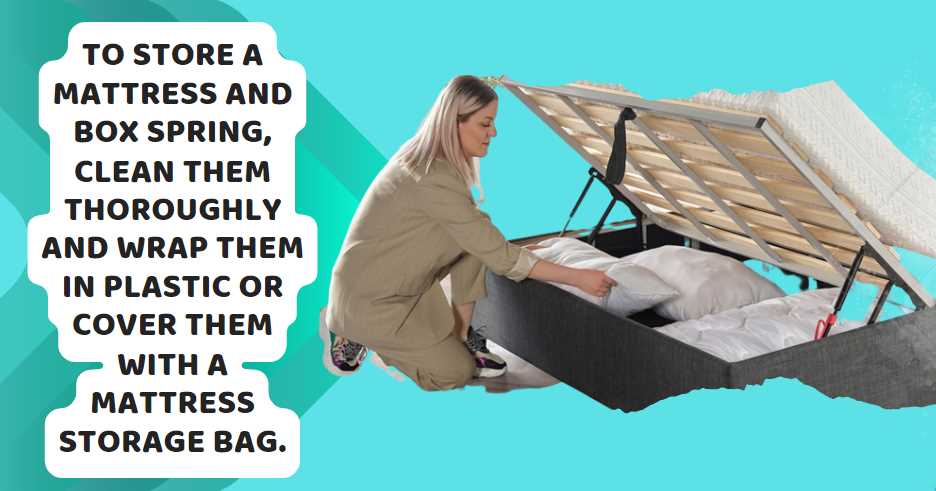
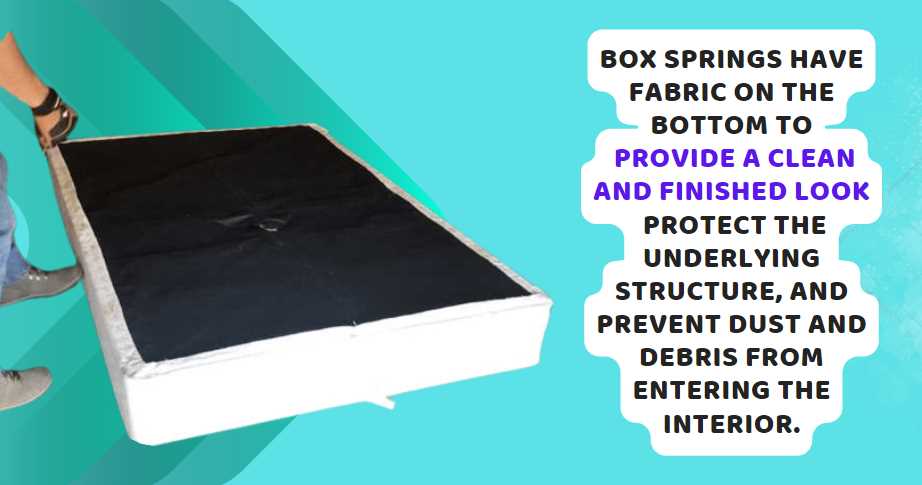


:focal(700x527:701x528)/https://tf-cmsv2-smithsonianmag-media.s3.amazonaws.com/filer_public/54/db/54db2d78-8202-4574-95ce-88dbbfcd4f11/fascinating-finds-2023.jpg)
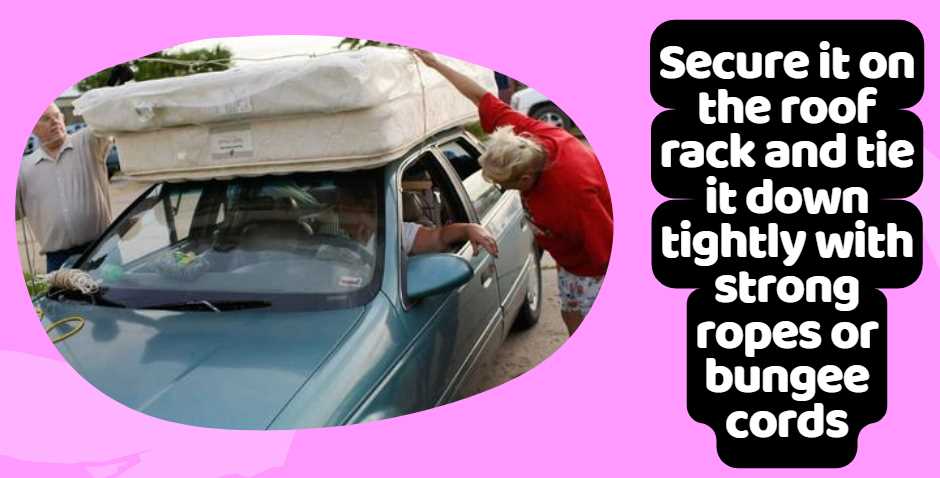
:max_bytes(150000):strip_icc()/rsp-air-mattress-test-aerobed-tstaples-badge-29a2305eb9fe40c9bd27f68feb842d69.jpg)

